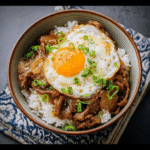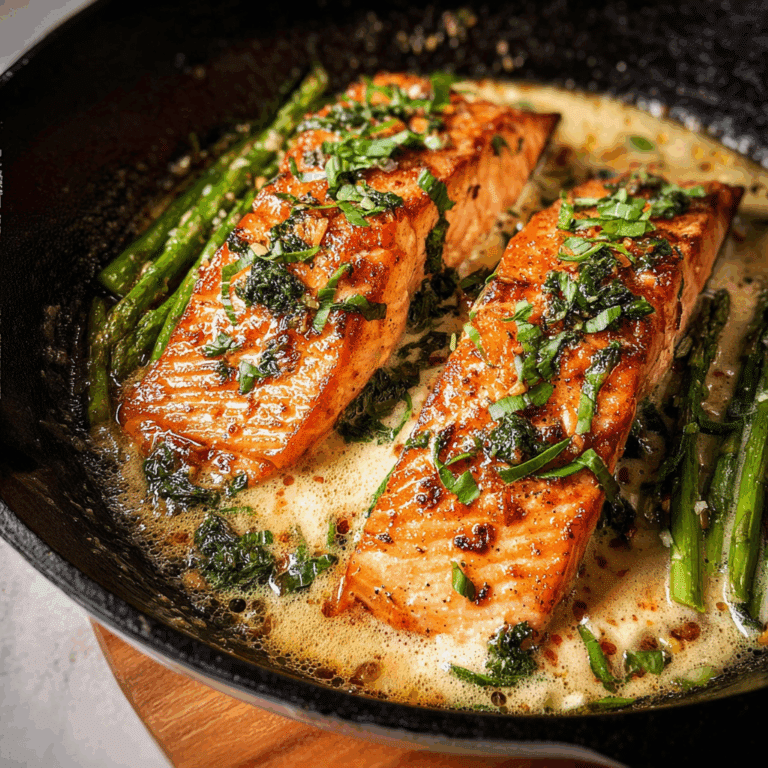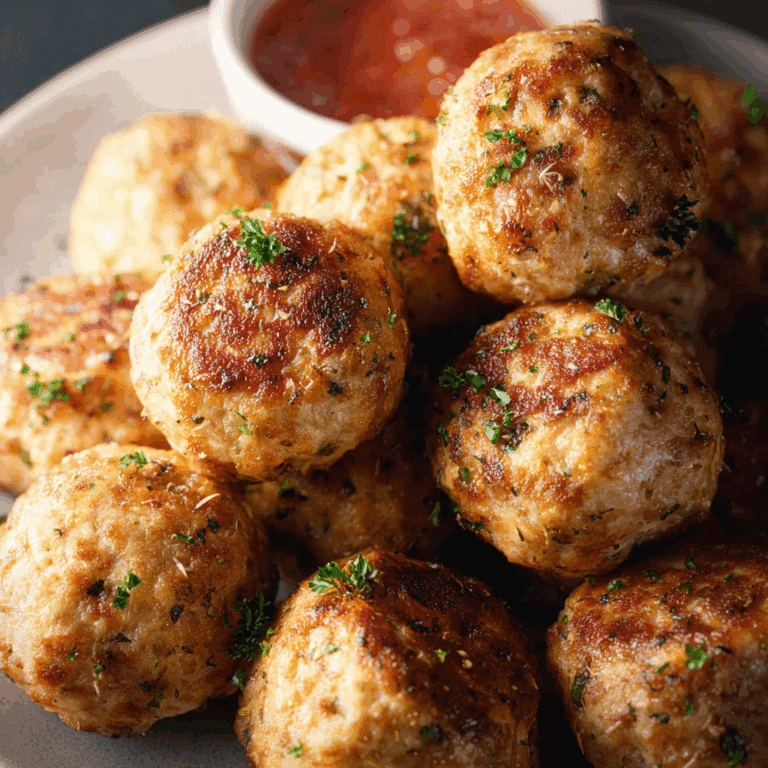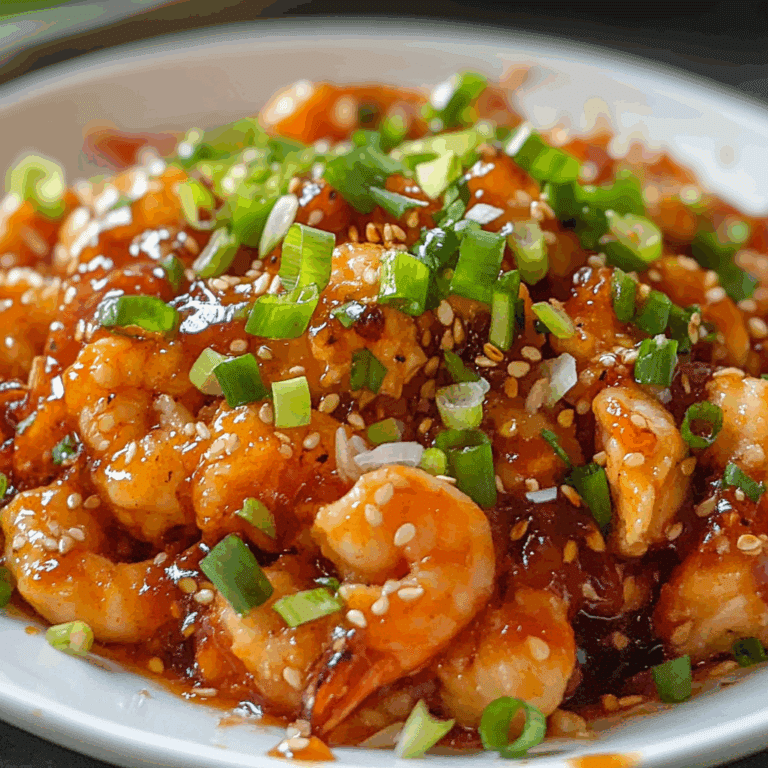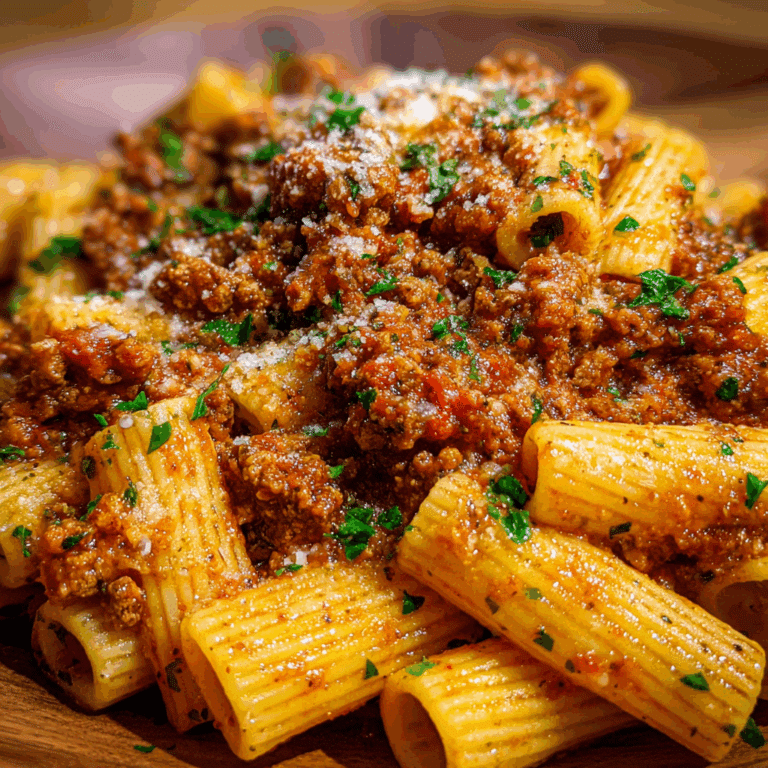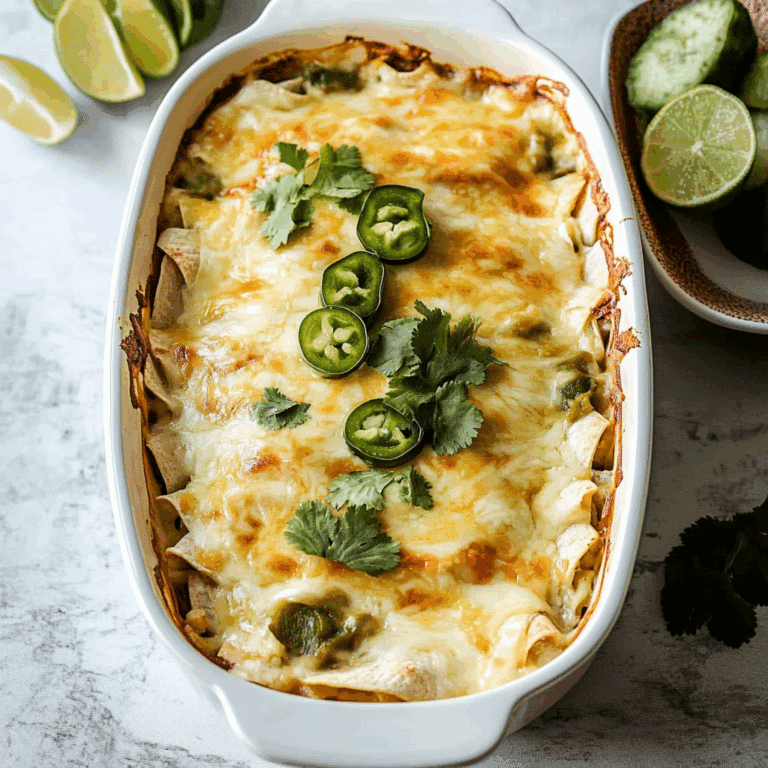Crisp Guide to Gyudon Japanese Beef Bowls with Rice and Eggs
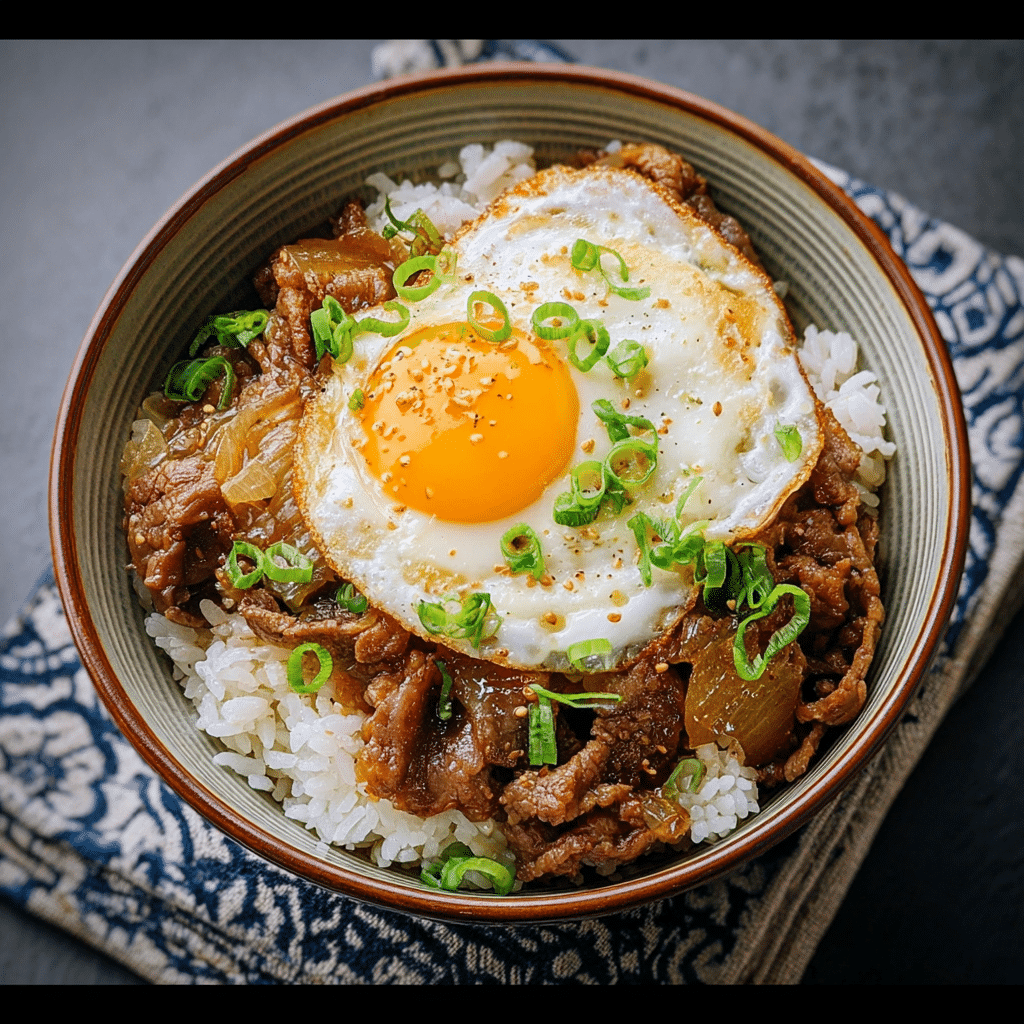
Gyudon Japanese Beef Bowls with Rice and Eggs is a beloved Japanese comfort food that brightens any meal with its rich, savory flavors and satisfying texture. This dish features thinly sliced beef simmered in a deliciously sweet and salty sauce, served over steaming white rice and topped with a perfectly cooked egg. Whether you’re new to Japanese cuisine or craving a quick, easy dinner, learning how to make authentic Gyudon Japanese Beef Bowls with Rice and Eggs will elevate your home cooking with minimal effort and maximum flavor.
Why You’ll Love This Recipe
- Simple yet flavorful: Combining just a handful of ingredients creates a complex and savory taste that delights the palate.
- Quick and easy to prepare: From start to finish, this recipe can be done in under 30 minutes, perfect for busy weeknights.
- Customizable topping options: Eggs can be served poached, raw, or cooked, allowing you to tailor the dish to your preference.
- Great for meal prep: Gyudon Japanese Beef Bowls with Rice and Eggs store well, making leftovers just as delicious.
- Comfort in a bowl: The warm combination of savory beef and steaming rice offers a cozy, satisfying experience every time.
Ingredients You’ll Need
The magic of Gyudon Japanese Beef Bowls with Rice and Eggs lies in its simple but essential ingredients. Each component brings texture, depth, or color—from tender beef to aromatic seasonings—building a dish that feels both authentic and approachable.
- Thinly sliced beef: Choose ribeye or sirloin for tenderness and rich flavor.
- Onions: Sliced thin to soften and sweeten during cooking.
- Short-grain white rice: The perfect sticky base that holds flavors well.
- Dashi stock or broth: Adds umami and authentic Japanese taste.
- Soy sauce: Provides the salty backbone of the sauce.
- Mirin: Sweet rice wine that balances saltiness with a gentle sweetness.
- Sugar: Enhances the overall sweetness and caramelization.
- Eggs: Poached, raw, or soft-cooked to top the bowl with richness.
- Pickled ginger (beni shoga): Adds a refreshing zing on the side.
Variations for Gyudon Japanese Beef Bowls with Rice and Eggs
One of the best parts about Gyudon Japanese Beef Bowls with Rice and Eggs is how adaptable it is. Feel free to tweak the recipe according to what you have on hand, dietary needs, or preferred flavors. These simple changes keep the dish fresh and exciting.
- Vegetarian version: Replace beef with sautéed mushrooms or tofu for a plant-based twist.
- Spicy kick: Add a dash of chili flakes or drizzle with spicy mayo for heat.
- Alternative grains: Swap white rice for brown rice or cauliflower rice for a healthier option.
- Extra veggies: Toss in shredded carrots, spinach, or green onions for more color and crunch.
- Different protein: Try thinly sliced pork or chicken to mix up the protein.

How to Make Gyudon Japanese Beef Bowls with Rice and Eggs
Step 1: Prepare the Rice
Start by rinsing your short-grain white rice in cold water until the water runs clear. Cook the rice according to package instructions or in a rice cooker, ensuring it is fluffy and sticky enough to hold the toppings well.
Step 2: Slice Onions and Beef
While the rice cooks, thinly slice your onions and beef. Thin slices ensure quick cooking and maximum tenderness in the finished dish.
Step 3: Make the Sauce
Combine dashi stock, soy sauce, mirin, and sugar in a frying pan or skillet. Bring to a gentle simmer, stirring to dissolve the sugar completely and create a balanced, rich broth.
Step 4: Cook Onions and Beef
Add the sliced onions to the simmering sauce and cook until translucent and soft. Then, add the sliced beef, cooking just until it changes color and absorbs the savory sauce without becoming tough.
Step 5: Assemble the Bowls
Divide the cooked rice into serving bowls. Pile the beef and onion mixture generously over the rice, then top with an egg—whether poached, raw, or soft-boiled—to complete the bowl.
Pro Tips for Making Gyudon Japanese Beef Bowls with Rice and Eggs
- Choose thin beef slices: Thinner slices cook quickly and stay tender—ask your butcher for sukiyaki or shabu-shabu cuts.
- Simmer gently: Avoid boiling the beef too rapidly to keep it juicy and flavorful.
- Don’t skip dashi: This broth adds depth and authenticity to your Gyudon flavor profile.
- Adjust sweetness: Taste as you go and tweak sugar or mirin based on your preference for a sweeter or more savory bowl.
- Use fresh eggs: For raw or lightly cooked eggs, freshness is important for both safety and taste.
How to Serve Gyudon Japanese Beef Bowls with Rice and Eggs
Garnishes
Traditional garnishes include beni shoga (pickled ginger) for a sharp contrast, chopped green onions for freshness, and a sprinkle of shichimi togarashi (Japanese seven-spice) to add mild heat and complexity.
Side Dishes
Complement Gyudon with a simple miso soup, steamed edamame, or a crisp cabbage salad to balance richness and add variety to your meal.
Creative Ways to Present
Serve Gyudon in rustic Japanese-style bowls and offer small plates for sharing toppings like extra ginger, seaweed flakes, or daikon radish to engage guests in customizing their bowls.
Make Ahead and Storage
Storing Leftovers
Transfer any leftover Gyudon Japanese Beef Bowls with Rice and Eggs into airtight containers and refrigerate promptly to keep the beef tender and the rice safe to eat for up to 3 days.
Freezing
While rice can be frozen, the beef and sauce combo is best fresh; freezing may alter texture. If freezing, separate the rice and beef for better reheating results and consume within one month.
Reheating
Reheat leftovers gently in a pan with a splash of water to loosen the sauce and prevent the beef from drying out. Avoid microwaving eggs on top; instead, add fresh eggs after reheating.
FAQs
What cut of beef should I use for Gyudon Japanese Beef Bowls with Rice and Eggs?
The best cuts are thinly sliced ribeye, sirloin, or any tender cut suitable for quick cooking, like sukiyaki or shabu-shabu slices.
Can I make Gyudon vegetarian or vegan?
Absolutely! Substitute the beef with tofu or mushrooms and use vegetable broth instead of dashi to maintain depth of flavor.
Is it safe to eat raw eggs on Gyudon?
In many cultures, using fresh, high-quality eggs to top Gyudon is common and safe when handled correctly. If concerned, opt for soft-boiled or poached eggs instead.
Can I prepare parts of Gyudon in advance?
You can cook the beef and sauce ahead, store it refrigerated, and reheat when ready to serve; freshly cooked rice is best, but leftover rice works well when reheated properly.
What can I use if I don’t have mirin?
Mix a teaspoon of sugar with a tablespoon of dry white wine or sake as a substitute, or adjust with a little extra sugar and a splash of rice vinegar to mimic mirin’s sweetness and acidity.
Final Thoughts
Gyudon Japanese Beef Bowls with Rice and Eggs combine simplicity and rich flavor in a way that’s incredibly satisfying. It’s perfect for busy days when you want something comforting without fussing over complicated steps. Give this recipe a try—you might just find your new favorite quick meal that warms both your belly and your heart.
Related Posts
- Easy Chicken Parmesan Casserole Recipe Ideas
- Why 4 Cheese Beef Lasagna with Spinach Is a Must-Try
- 7 Easy Oven Baked Tacos for a Quick Meal
Gyudon Japanese Beef Bowls with Rice and Eggs
Gyudon Japanese Beef Bowls with Rice and Eggs is a classic Japanese comfort food featuring tender thinly sliced beef simmered in a sweet and savory sauce, served over sticky short-grain white rice and topped with a perfectly cooked egg. This quick and easy recipe delivers rich umami flavors, customizable toppings, and a satisfying texture, making it perfect for a cozy weeknight dinner or meal prep.
- Prep Time: 10 minutes
- Cook Time: 15 minutes
- Total Time: 25 minutes
- Yield: 2 servings 1x
- Category: Main Course
- Method: Simmering
- Cuisine: Japanese
- Diet: Gluten Free (use gluten-free soy sauce)
Ingredients
Main Ingredients
- 200g thinly sliced beef (ribeye, sirloin, sukiyaki, or shabu-shabu cut)
- 1 medium onion, thinly sliced
- 2 cups short-grain white rice
- 1 cup dashi stock or broth
- 3 tbsp soy sauce
- 3 tbsp mirin
- 1 tbsp sugar
- 2 eggs (poached, raw, or soft-cooked)
- Pickled ginger (beni shoga), for garnish
Optional Garnishes and Variations
- Chopped green onions
- Shichimi togarashi (Japanese seven-spice)
- Sautéed mushrooms or tofu (vegetarian substitute for beef)
- Chili flakes or spicy mayo (for a spicy kick)
- Alternative grains like brown rice or cauliflower rice
- Extra veggies: shredded carrots, spinach, or green onions
- Different proteins: thinly sliced pork or chicken
Instructions
- Prepare the Rice: Rinse the short-grain white rice in cold water until the water runs clear. Cook the rice according to package instructions or in a rice cooker, ensuring it is fluffy and sticky enough to hold the toppings well.
- Slice Onions and Beef: While the rice cooks, thinly slice your onions and beef. Thin slices ensure quick cooking and maximum tenderness in the finished dish.
- Make the Sauce: In a frying pan or skillet, combine dashi stock, soy sauce, mirin, and sugar. Bring the mixture to a gentle simmer, stirring to dissolve the sugar completely and create a balanced, rich broth.
- Cook Onions and Beef: Add the sliced onions to the simmering sauce and cook until translucent and soft. Then, add the sliced beef, cooking just until it changes color and absorbs the savory sauce without becoming tough.
- Assemble the Bowls: Divide the cooked rice into serving bowls. Pile the beef and onion mixture generously over the rice. Top each bowl with an egg, served poached, raw, or soft-boiled, to add richness and complete the dish.
Notes
- Choose thin beef slices such as sukiyaki or shabu-shabu cuts for quick cooking and tenderness.
- Simmer gently to prevent the beef from becoming tough and to keep it juicy.
- Use dashi stock for authentic umami flavor; vegetable broth can be used for vegetarian versions.
- Adjust sweetness by modifying the amount of sugar or mirin according to your taste.
- Use fresh eggs if eating raw or lightly cooked for safety and best flavor.
- Reheat leftovers gently with a splash of water to maintain moisture and prevent drying out.
Nutrition
- Serving Size: 1 bowl
- Calories: 550 kcal
- Sugar: 8 g
- Sodium: 900 mg
- Fat: 20 g
- Saturated Fat: 8 g
- Unsaturated Fat: 10 g
- Trans Fat: 0 g
- Carbohydrates: 60 g
- Fiber: 2 g
- Protein: 30 g
- Cholesterol: 210 mg
Keywords: Gyudon, Japanese beef bowl, beef and rice, comfort food, quick dinner, Japanese cuisine, beef bowl with egg, easy Japanese recipe

